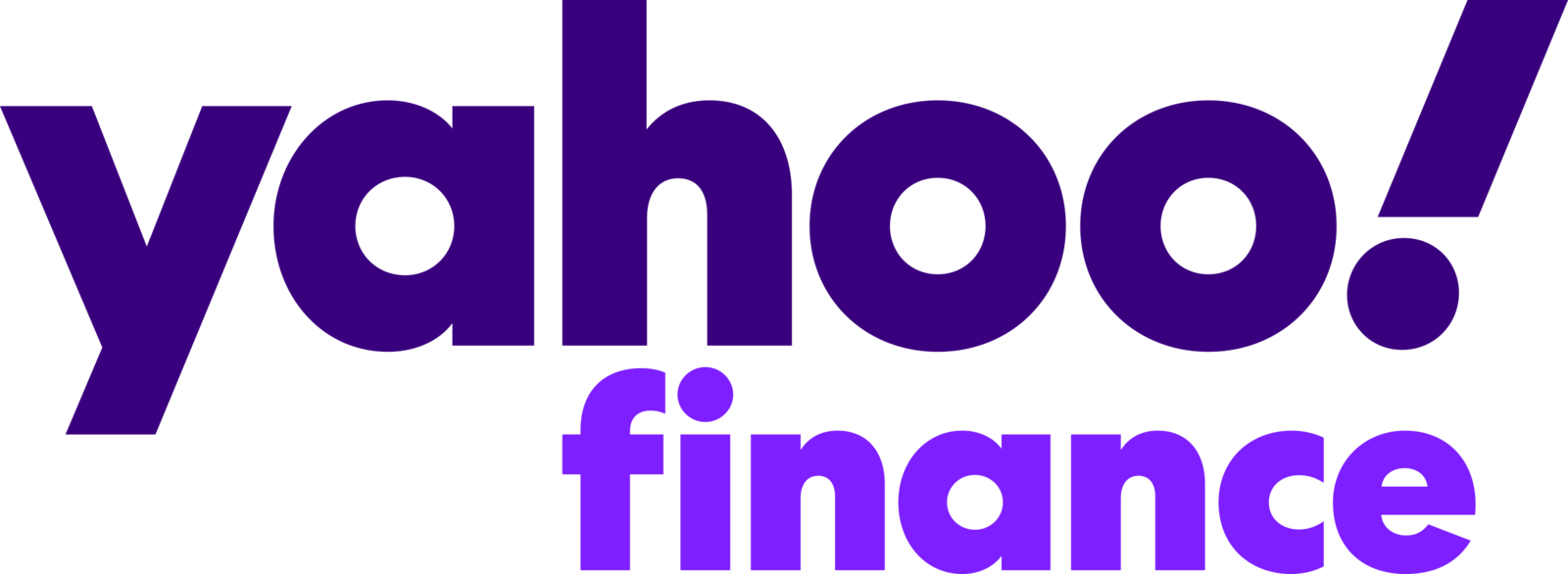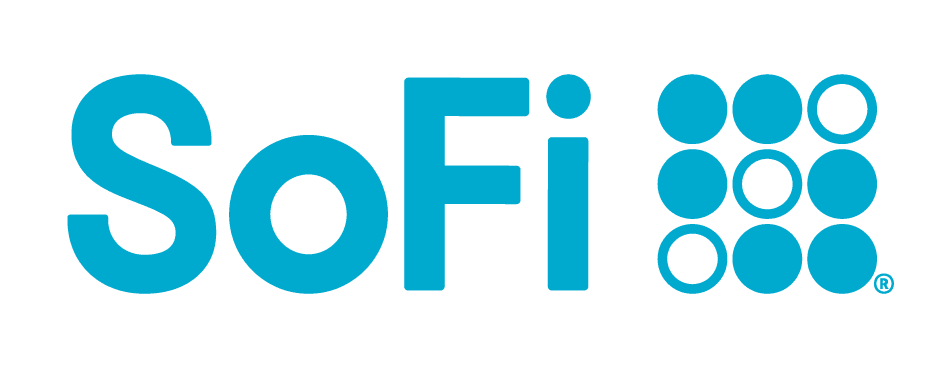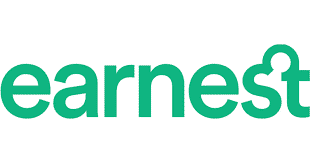Best Student Loans for April 2024
- Student loans of up to $200,000
- Simple 4-step application process
- International students are eligible with a qualified co-signer
- Affordable rates and auto-pay discounts
- Low APRs From 4.49% fixed
- 0.25% AutoPay interest rate reduction
- No Application Fee
- No Early Repayment Penalty Fees
- See Rates in 60 seconds
- High Trustpilot Score
- NO fees required and same-day funding
- Unemployment Protection
- Fast Funding
- High Trustpilot Rating
- High Acceptance Rate
- No Repayment Penalty Fees
- 5.87% - 15.12% Variable APR
- Up to 100% Covered
- Zero Fees
- Get cash rewards for good grades
Important
As seen in






How to Find the Best Private Student Loan
Save money by comparing with us first.
Choose the student loan amount you need
Choose the lender that offers the lowest loan rates.
A cosigner with a good credit history can improve your approval odds and loan rates.
Make sure you read the fine print to understand the rates and fees.
What Is a Student Loan?
If you don’t have enough money to pay for your education, a student loan will allow you to borrow money and repay it with interest at a later date.
Student loans are considered a “good debt,” as it is seen as an investment in education. This leads to a financial and human capital return.
Almost always, when a borrower invests in education, they have a has a greater capacity to earn more income than they would have had without the education.
Before you apply, it’s crucial to know how student loans work.
How Student Loans Work
Student loans are unique as they are specifically designed for funding education. But why are they different from personal loans and credit cards?
The funds are disbursed to your school or college and you may be able to only start repayments after you've graduated.
Also, keep in mind that private student loan providers may have their own requirements and rates, and these will vary, unlike typical personal loans.
You may also apply with a co-signer which may significantly improve your chances of being approved for a private student loan.
If you don't have a co-signer, lenders like Ascent Funding are a good option for undergraduate and graduate student loans.
Why Compare Student Loans At Financer.com?
How to Apply for Student Loans
To apply for private student loans you should start by comparing student loan providers, as well as their rates, any fees, and loan requirements.
Choose a student loan offer according to your needs, and complete your student loan application online.
Read more about subsidized and unsubsidized student loans.
Private Student Loans
If you don’t want to take out a federal student loan you may turn to private lenders – typically banks, online lenders, and credit unions.
They may take your loan as a “student loan” or they may offer a standard loan that you can apply to anything, including studies.
Private student loans usually allow a parent or guardian to cosign the loan with the student. Both parties are responsible for repaying the loan.
Types of Private Student Loans
Banks and other private institutions make private loans available for students.
When you apply, you’ll need to show the lender proof that you can repay the loan and you often need a good credit score.
You can use a co-signer to help you qualify and that person will be responsible for the loan if you can’t repay it.
Bar Exam Loans
A bar exam loan will cover expenses that a normal student loan won’t. This covers expenses like exam application fees, living expenses, and prep classes, while law students study for the bar exam.
The loan terms on bar exam loans range from one to 20 years and they typically have higher interest rates than federal or private loans.
Credit Union Loans
You may also get a loan from a credit union or community bank. You may also have more favorable terms and discounts if you already have an existing relationship with the institution.
International Student Loans
In general, students who are not U.S. citizens won’t qualify for traditional student loans.
Several private lenders offer student loans for international students; however, they often require a co-signer that is a U.S. citizen.
Compared to traditional personal loans, private student loans have many benefits to offer and they also provide a wider range of options.
Instead of a federal student loan with a fixed rate and term, you may choose a student loan that has a variable rate and a longer or shorter repayment.
More Affordable
Student loans are usually less expensive than other types of loans and there are many things that contribute to this:
- Borrower-friendly features are available with federal student loans provided by the U.S. government. Interest rates are quite modest and stable for new borrowers, so no need to worry about significant changes in rates.
- Some students may qualify for subsidized interest payments.
- Lenders tend to see student loans as low-risk loans, and regard a qualification – especially certain degrees – as a guarantee that there will be income available to pay the loan back.
Easy Approval Process
Many students do not have well-paying careers or excellent credit. This means they may not qualify for any loans other than student loans.
Federal student loans usually don’t require a specific credit score although you might be disqualified due to some flaws in your credit history.
Payback Benefits
Student loans provide many great benefits to borrowers that also make it easier to pay back.
Federal student loans are often the best choice, but many private lenders offer great benefits and flexible terms as well.
- In-school deferment: Some student loans will allow you to only start making payments once you’ve graduated. This gives you more time to focus on your education. While you study, interest on loans that are subsidized may be covered to prevent the balance of the loan to rise.
- Unemployment: Certain student loans, particularly federal student loans, allow for the postponement of payments during a period of unemployment. In that case, you may skip payments until you find new employment.
- Limited income: When you have a limited income, a federal student loan may reduce your monthly payments.
- Possible tax advantages: The interest payable on your loan could help you save on taxes. However, due to the fact that your income and other aspects may affect your return, the benefits may be limited.
Top-Rated Personal Loans
Save money by comparing with us first.
Federal Student Loans
Most students turn to federal loans as a starting point, as they have low interest rates and are relatively easy to obtain.
However, there are borrowing limits on federal student loans, which means that there is a limit (max. amount) that you may borrow every year.
Limits for Federal Student Loans
These are the amounts that undergraduate students can borrow:
- Direct subsidized loans: Up to $5,500 per year
- Direct unsubsidized loans: Up to $12,500 per year
Federal student loan interest rates for undergraduate degrees are starting at 4.53%, with postgraduate interest rates increasing to 7.08%.
If those interest rates aren’t shocking enough, there are also the loan fees attached to each student loan ranging from 1.059% through to 4.236% for postgraduate studies.
Interest rates have reduced since 2006 when interest rates were over 6% for an undergraduate student loan. Once you have a student loan, the interest rate won’t change. It is locked into the interest rate at the time you acquired the loan.
Types of Federal Student Loans
Federal student loans come with a few great benefits like the ability to tie payments with income or have your loans forgiven in certain industries.
Federal loans mostly don’t require any co-signing and you don’t have to have good credit to apply. Almost every student with a high school diploma is can apply for a student loan.
Direct Subsidized Loans
These loans are available to undergrads with financial needs.
The government pays the interest on these loans while the student is still in school, in a grace period, or in paused payments through deferment.
Direct Unsubsidized Loans
These loans are available to undergrads and graduate students. You don’t have to show financial need but you are responsible for interest payments all the time.
Read more about a subsidized vs unsubsidized student loan here.
Subsidized vs. Unsubsidized
The type of loan you take out will affect how much you’ll owe after graduation. In general, you’ll save more money on interest payments with subsidized loans.
Here are some differences between subsidized and unsubsidized loans:
| Subsidized Loans | Unsubsidized Loans | |
|---|---|---|
| What you need to qualify | Must show financial need | Don’t have to show financial need |
| How much can you borrow | Lower loan limits | Higher loan limits |
| How interest works | Interest paid by Education Department | Interest accrues |
| Who can qualify | Undergraduate students | Undergraduate, graduate, professional degree students |
PLUS Loans
Financial institutions like banks make private loans to graduate students and parents. A Parent PLUS loan has higher interest rates and fees than other federal loans and you need to undergo a credit check.
Borrowers with a bad credit history will have a hard time qualifying and may need a co-signer for the application.
You can borrow from any lender you choose but federal student loans are often more affordable. They are also borrower-friendly and easier to qualify for.
The loans offered through government programs are mainly for funding your higher education. Thus, the interest rate is low and fixed.
Pell Grant
Undergraduate students with exceptional financial needs, students in a post-baccalaureate teacher certification program, and students with parents killed in Afghanistan or Iraq after 9/11 may qualify for a Pell Grant.
A Pell Grant does not have to be repaid, except under certain circumstances.
How to Get a Federal Student Loan
Visit your school’s financial office
Find out what types of loans are available and be sure to inquire about scholarships and grants as well.
Fill out the application
Complete the Free Application for Federal Student Aid (FASFA) form, which details your financial and school information.
Await the results
If your application is approved, you can choose to take up the entire loan amount, or only a part thereof.
Entrance counselling
To learn how your new loan works, you might be required to attend an introductory entrance counseling session.
What is Student Loan Refinancing?
In short, student loan refinancing happens when your lender replaces your existing loan with a new loan and new terms.
For example, let’s say you have a $40,000 student loan with an interest rate of 8%. This means that you will pay an amount of $485.31 monthly for the next 10 years.
If you refinance your student loan with a private lender and get a better interest rate – for example, 5% – it will reduce your payments to $424.26 per month.
If you look at the bigger picture it means you’ll save more than $7,300 in interest. You can put this towards another goal, like saving up for a car.
What Customers Say About Us
4.60 based on 324 reviews
from Reviews.io
Find Your Student Loan at Financer.com
Looking for payday loans near me? Financer.com helps you compare the best student loans and get affordable terms and loan rates from leading U.S. lenders.
We look for lenders that offer full transparency and have a long track record of successful lending and satisfied customers. We are always improving our comparisons, but are confident in what we can bring to market, and we know you will be as well.
Use our free loan comparison tool to find the right student loan and take the guesswork out of doing all the legwork yourself.
Student Loans - FAQs
Are student loans good or bad?
They are considered a good debt because the money you borrow for your education will help you to earn a degree and a well-paying job.
Are there disadvantages to student loans?
Student loans may be expensive to pay back and often it means you’ll start out life with debt. You may have to put off other life or career goals while paying off student loans.
What are the four types of federal student loans?
The main types of student loans include subsidized, unsubsidized, Parent PLUS, and Private loans.
What are private student loans?
Private student loans are loans obtained from lenders such as banks and other private institutions with the goal of funding your studies.
What are federal student loans?
Federal student loans are loans funded by the U.S. Department of Education to pay for your studies. The terms and conditions of these loans are guided by Federal law.
What are student loan forgiveness?
The term student loan forgiveness refers to when your student loan balance is completely forgiven and you are not required to make any further payments to your lender.
How do I apply for student loans?
To apply for a private student loan you should start by comparing student loan providers, rates, and loan requirements. Then choose a student loan offer according to your needs, and apply online.
| Company | Overall Rating | Loan Amount | Loan Term | APR | Annual Income | Credit Score Required | |
|---|---|---|---|---|---|---|---|
recommended  | Up to 100% of your school cost | 5 - 20 years | Starting at 4.89% | $24,000 | 680 | See offer | |
 | $2,000 to $400,000 | 5-15 years | Starting at 2.52% | $24,000 | 540 | See offer | |
 | $1,000 to $50,000 | 3-5 years | 6.53% - 35.99% | $12,000 | 580 | See offer | |
recommended  | $5,000 to $100,000 | 5-15 years | Starting at 1.05% | $45,000 | 700 | See offer | |
 | $1,000 to 100% of school cost | Up to 20 years | Starting at 1.12% | N/A | 750 | See offer | |
 | $1,000 to 100% of school cost | 5-15 years | Starting at 0.99% | $35,000 | 758 | See offer | |
 | $1,000 to 100% of school cost | 5-15 years | Starting at 0.99% | $35,000 | 600 | See offer | |
 | $3,000 up to $10,000 | Up to 10 years | 7.49 - 12.99% | None | None | See offer |
| Company | Overall Rating | Loan Amount | Loan Term | APR | Annual Income | Credit Score Required | Get Started |
|---|---|---|---|---|---|---|---|
recommended  | Up to 100% of your school cost | 5 - 20 years | Starting at 4.89% | $24,000 | 680 | See offer | |
 | $2,000 to $400,000 | 5-15 years | Starting at 2.52% | $24,000 | 540 | See offer | |
 | $1,000 to $50,000 | 3-5 years | 6.53% - 35.99% | $12,000 | 580 | See offer | |
recommended  | $5,000 to $100,000 | 5-15 years | Starting at 1.05% | $45,000 | 700 | See offer | |
 | $1,000 to 100% of school cost | Up to 20 years | Starting at 1.12% | N/A | 750 | See offer | |
 | $1,000 to 100% of school cost | 5-15 years | Starting at 0.99% | $35,000 | 758 | See offer | |
 | $1,000 to 100% of school cost | 5-15 years | Starting at 0.99% | $35,000 | 600 | See offer | |
 | $3,000 up to $10,000 | Up to 10 years | 7.49 - 12.99% | None | None | See offer |
Read More About Loans
6 Loans like Spotloan: Better Options for Fast Cash
Financial emergencies happen, but loans like Spotloan can create long-term financial struggles. Luckily, there are safer, more affordable alternatives. This guide explores direct lenders with
April 1, 2024 22 min read
How to Refinance a Personal Loan: 7 Easy Steps
With the 2023 Household Debt and Credit Survey revealing that consumer debt for American households has surged to an unprecedented $17.1 trillion as of the ...
December 26, 2023 16 min read
Home Equity Loan: What You Need to Know
What is a Home Equity Loan? A home equity loan, often referred to as a second mortgage, is a type of loan where you borrow money ...
April 1, 2024 14 min read










